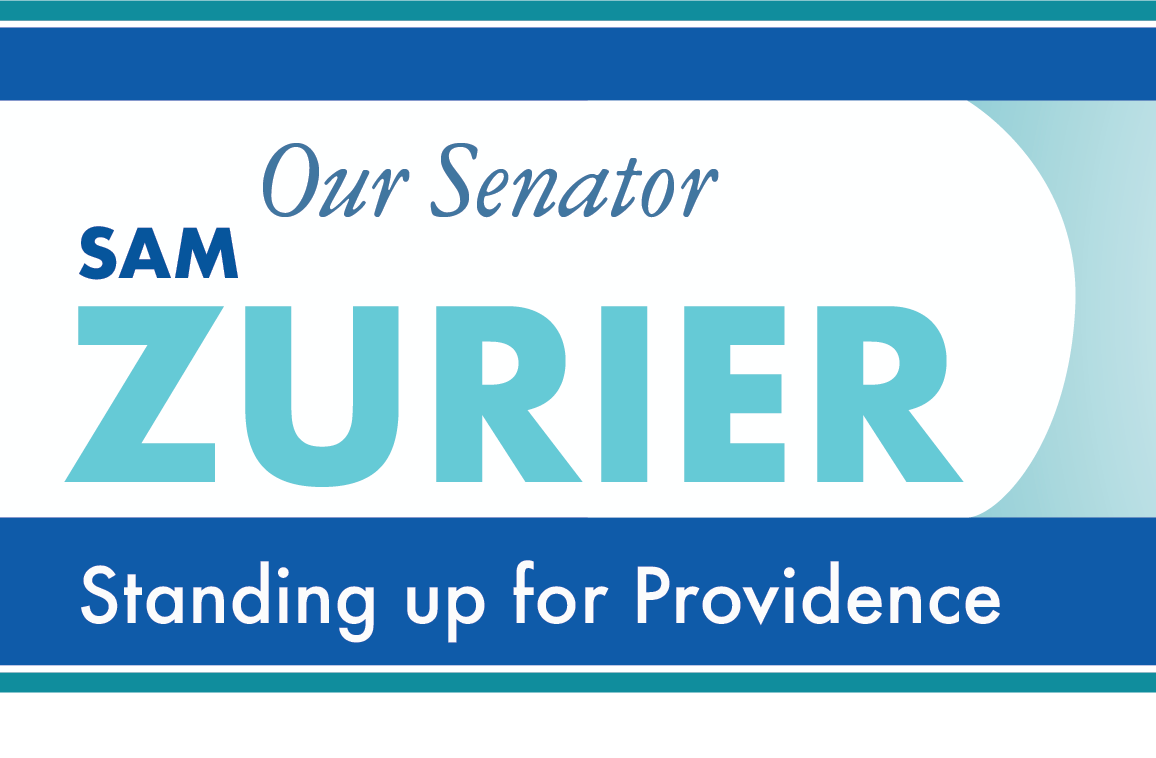As we enjoy another Spring-like weekend, our letter this week will take a “deep dumpster dive” into the City’s trash disposal and recycling program.
The City’s contract with Waste Management is set to expire this year, and the administration is holding neighborhood meetings to solicit comment about how to improve the City’s trash program. On February 22, the administration presented information in a Power Point Presentation describing current issues to address. The State’s landfill is running out of room, and rates are likely to increase. On the other hand, the Solid Waste Management Corporation encourages cities and towns to segregate recyclables. The landfill disposes recyclables without charging a fee, which conserves precious landfill space. While there are many debates in Washington, D.C. about the cost of environmental protection, the State’s recycling program provides an opportunity to protect the environment and save the City money at the same time.
Providence is not making adequate use of this opportunity, recycling only around 9% of its tonnage of material delivered to the landfill. Some people do not place enough in their recycling bin. Others place non-recyclable garbage in their bin, which contaminates the other recyclables picked up by the City. If the presence of garbage in a recycling truckload meets or exceeds 10%, the entire truckload is rejected. According to the City’s current data, only 9% of Providence’s garbage is accepted for recycling. In contrast, according to State data from 2011 and 2015, the average recycling rate Statewide increased from 22% to 24% over that period.
The City also compiles data by pickup day in Providence, which it presented on this Chart. On Mondays (when trash is picked up in our neighborhood), the recycling rate is 36.7%, which is higher than all but one city or town (including all the larger ones). In contrast, the recycling rate on both Wednesdays and Fridays is less than 0.5%. At the presentation last Wednesday, the City’s program director noted that the compliance rate is better for single-family and two-family homes, and less for multi-family homes with absentee landlords. With that said, other cities with similar housing stock have achieved better results, such as Pawtucket (29%), Woonsocket (25%) and Central Falls (25%). Also, Pawtucket and Central Falls saw compliance increases of 9% and 5%, respectively from 2011 to 2015. These data suggest that city programs can make a difference in terms of improving recycling. At the meeting, the program director noted that an intense effort on a single pickup route (there are a total of seven each day) raised the recycling rate to 24%, above the State average.
I will encourage the administration to contact sister cities, learn best practices, and bring us closer to the standard set through the rest of the State so we can save money and protect the environment.
Sincerely,

